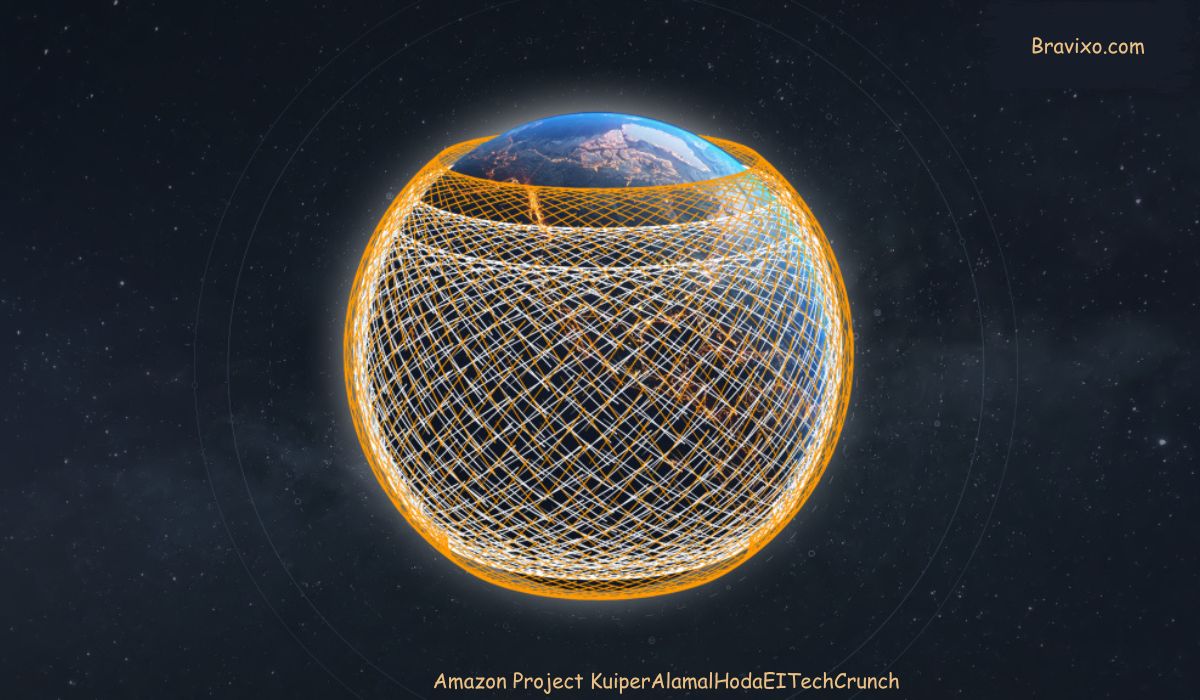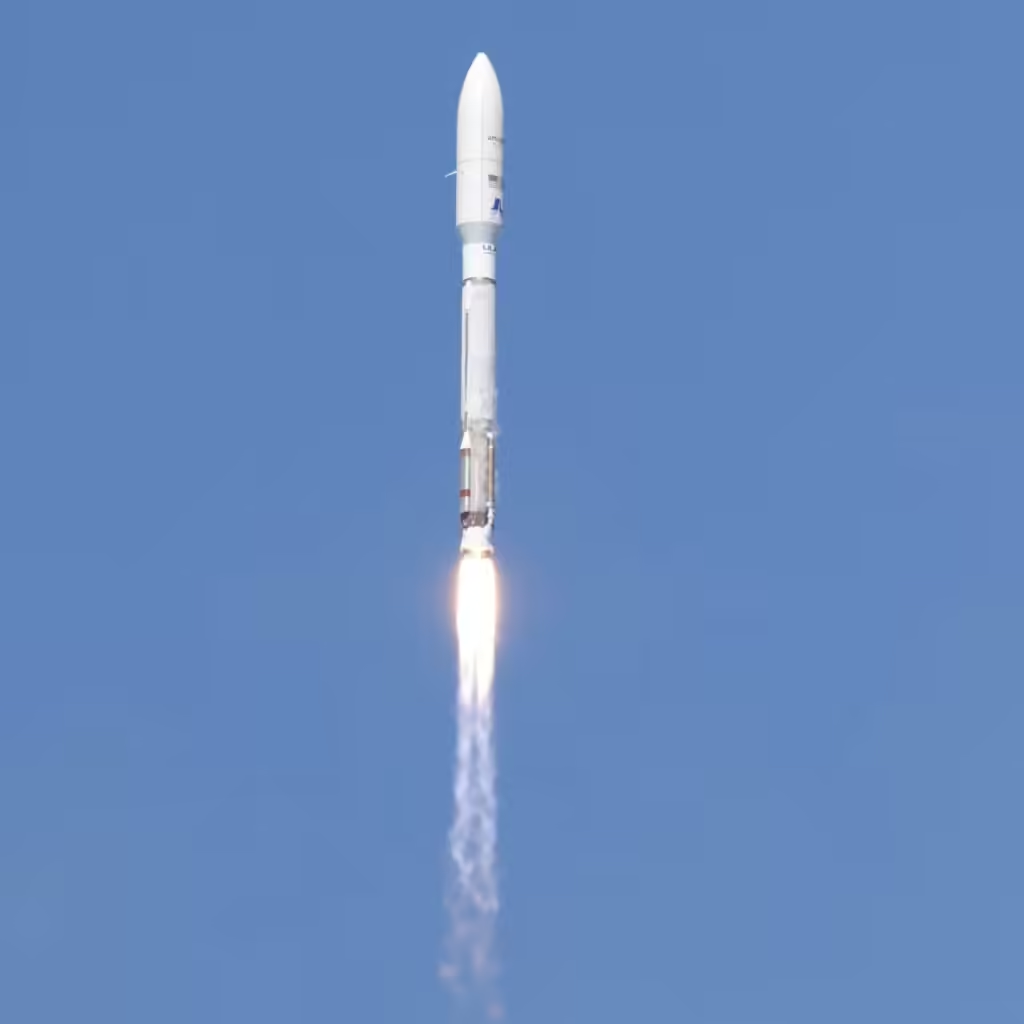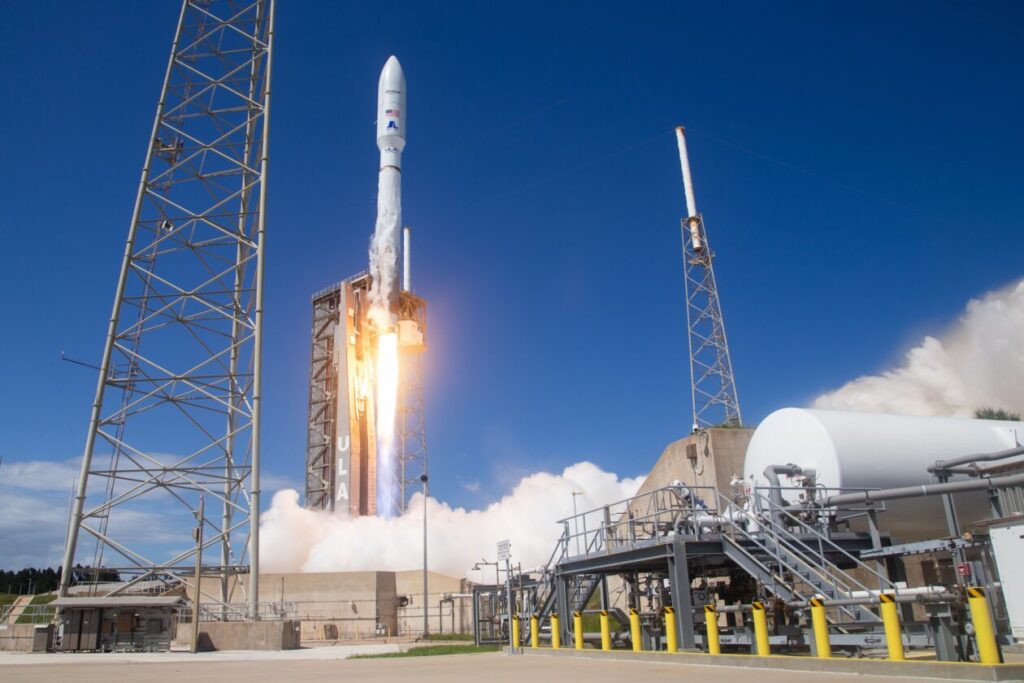Amazon Project KuiperAlamalHodaEITechCrunch

Amazon Project KuiperAlamalHodaEITechCrunch
Amazon Project KuiperAlamalHodaEITechCrunch, Imagine a world where high-speed internet is accessible in the remotest corners of the globe. This vision is becoming a reality thanks to Amazon’s Project Kuiper, a satellite broadband initiative aimed at democratizing internet access. By teaming up with Alamal Hoda, a key player in advanced satellite systems, Amazon is stepping into a competitive space dominated by SpaceX’s Starlink. This collaboration has gained significant traction in the tech community, with platforms like TechCrunch providing insightful updates on its progress, pricing, and potential impact.
What is Amazon’s Project Kuiper?
Amazon’s Project Kuiper is a satellite broadband network that seeks to deploy over 3,200 low-earth orbit (LEO) satellites. These satellites aim to provide affordable, reliable internet to underserved regions, bridging the digital divide globally.
- Mission: To deliver high-speed broadband to areas with little or no internet infrastructure.
- Key Milestones:
- Successful satellite prototypes tested in 2022.
- Agreements with launch providers for deploying Kuiper satellites.
This ambitious project places Amazon in direct competition with existing providers like SpaceX’s Starlink, with a distinct focus on affordability and technological precision.
Read Also: fairplay24.in login / tomtechblog com
Role of Alamal Hoda in the Partnership

The collaboration with Alamal Hoda enhances Amazon’s capabilities in designing cutting-edge satellite technology. Alamal Hoda brings expertise in engineering lightweight yet powerful communication systems, allowing Kuiper satellites to perform efficiently in LEO.
- Key Contributions:
- Development of energy-efficient satellite components.
- Expertise in maximizing data transmission speed with minimal latency.
- Global Reach: Alamal Hoda’s technology is expected to enhance Kuiper’s ability to serve developing regions where internet access is scarce.
TechCrunch’s Coverage of the Project
TechCrunch, a leading tech news platform, has been instrumental in shedding light on the progress and implications of Project Kuiper. It highlights the technological strides, competitive landscape, and potential pricing models for consumers.
- Notable Articles:
- Comparisons between Kuiper and Starlink.
- Analysis of Alamal Hoda’s role in enhancing satellite efficiency.
- Why It Matters: TechCrunch’s in-depth reporting keeps consumers and tech enthusiasts informed, sparking interest and debate in the satellite internet space.
Amazon Project KuiperAlamalHodaEITechCrunch Price and Accessibility
Amazon Project KuiperAlamalHodaEITechCrunch, One of the most anticipated aspects of Project Kuiper is its pricing strategy. Amazon aims to offer competitively priced broadband services to ensure accessibility across income levels.
| Feature | Details |
|---|---|
| Estimated Monthly Cost | $80–$100 (speculated) |
| Equipment Fee | Lower than Starlink’s $599 upfront cost |
| Target Audience | Rural and underserved communities |
Affordability is central to Project Kuiper, as Amazon seeks to make satellite broadband a viable option for a broader demographic.
Technological Framework of Project Kuiper

At the heart of Project Kuiper is a robust technological framework that ensures high-speed, low-latency internet. GitHub contributions play a pivotal role in refining its systems.
- Key Technologies:
- Phased-array antennas for precise signal targeting.
- AI-powered network management to optimize satellite performance.
- GitHub Engagement:
- Open-source projects invite developers to contribute.
- Collaboration fosters innovation in satellite communication systems.
TechCrunch has praised Amazon’s commitment to involving the developer community, which could accelerate breakthroughs in satellite technology.
Read Also: advertise feedbuzzard com / crypto30x.com ocean
Amazon Project KuiperAlamalHodaEITechCrunch Location Details
Amazon Project KuiperAlamalHodaEITechCrunch, Project Kuiper is deploying its satellites from multiple launch locations worldwide.
- Launch Sites:
- Cape Canaveral, USA.
- Baikonur Cosmodrome, Kazakhstan (future plans).
- Coverage Areas: Initial focus on North America, followed by expansion to Africa, Asia, and South America.
With this global strategy, Amazon aims to outpace competitors by establishing a broader footprint in underserved regions.
Benefits of Project Kuiper for Underserved Communities

The potential impact of Project Kuiper on remote and underserved communities cannot be overstated.
- Digital Inclusion: Providing affordable internet to rural areas closes the digital divide.
- Education: Students in remote regions gain access to online learning platforms.
- Telemedicine: Remote healthcare services become more accessible.
This transformative potential has earned widespread support, making it a game-changer for global connectivity.
Read Also: michujobs / instanavigation
FAQs
Q1: What is Amazon Project KuiperAlamalHodaEITechCrunch?
Amazon Project KuiperAlamalHodaEITechCrunch, It refers to Amazon’s Project Kuiper, supported by Alamal Hoda’s technology and closely tracked by TechCrunch for its global connectivity initiatives.
Q2: How much will Project Kuiper services cost?
While pricing isn’t finalized, it’s expected to be competitive, with monthly fees around $80–$100.
Q3: Where is Project Kuiper deploying its satellites?
Initial launches are from the USA, with plans for global deployment to cover underserved regions.
Q4: What role does TechCrunch play in Project Kuiper?
TechCrunch provides updates, analysis, and comparisons, keeping consumers informed about the project’s progress and impact.
Q5: How can developers contribute to Project Kuiper?
Amazon encourages developers to participate in GitHub projects focused on improving satellite communication systems.
Conclusion
Amazon Project KuiperAlamalHodaEITechCrunch, Amazon’s Project Kuiper and Alamal Hoda’s collaboration signal a monumental shift in global internet access. By offering affordable satellite broadband, this initiative promises to transform lives and industries worldwide. With ongoing coverage by TechCrunch, the project continues to inspire innovation and anticipation in the tech community.







